George Edgar Ohr (July 12, 1857 – April 7, 1918) was an American ceramic artist and the self-proclaimed “Mad Potter of Biloxi” in Mississippi.
George Edgar Ohr was an American ceramic artist and the self-proclaimed “Mad Potter of Biloxi” in Mississippi. In recognition of his innovative experimentation with modern clay forms, we consider him the precursor of American Abstract-Expressionism.
| Artist | George Edgar Ohr |
| Born | July 12, 1857, Biloxi, Mississippi, US |
| Died | April 7, 1918 (aged 60) New Orleans, Louisiana, US |
| Legacy | Innovative experimentation with modern clay forms |
| Known As | The “Mad Potter of Biloxi” |
| Nationality | American |
| Art Style | Abstract expressionism, an American genius |
| Spouse | Josephine Gehring |
| Children | Asa Eugene Ohr, Otto Theodore Ohr, Flo Ohr, Lio Irwin Ohr, Zio Ignantz Ohr, O. J. Ohr and G. E. O Ohr |
| Education | Studied the potter’s trade with Joseph Meyer in New Orleans, US |
George Edgar Ohr (1857 – 1918) was an American ceramic potter who was known as the “Mad Potter of Biloxi” in Mississippi, where he lived at the time.
Some consider him to be a forerunner of the American Abstract-Expressionist movement because of his pioneering experiments with new clay shapes between 1880 and 1910.
Why was George Ohr called the Mad Potter of Biloxi?
In Biloxi, his amusing signage advertising his “Pot-Ohr-E” earned Ohr a reputation as an eccentric whose business was worth a visit, primarily for a good laugh.
Others acquire eccentricity via experience, while others, such as certain rock musicians and artists, are forced to exhibit eccentricity by circumstance. Ohr’s “madness,” according to the evidence, was a combination of all three.
How did Ohr describe himself?
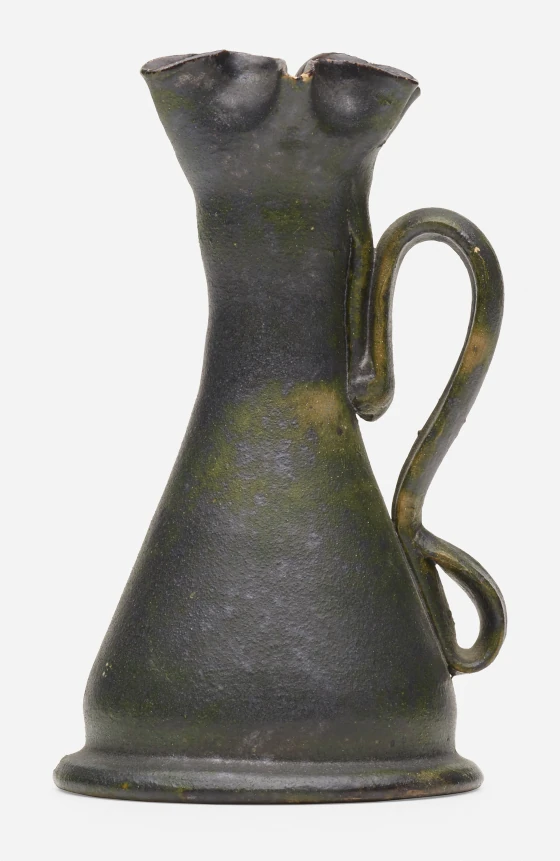
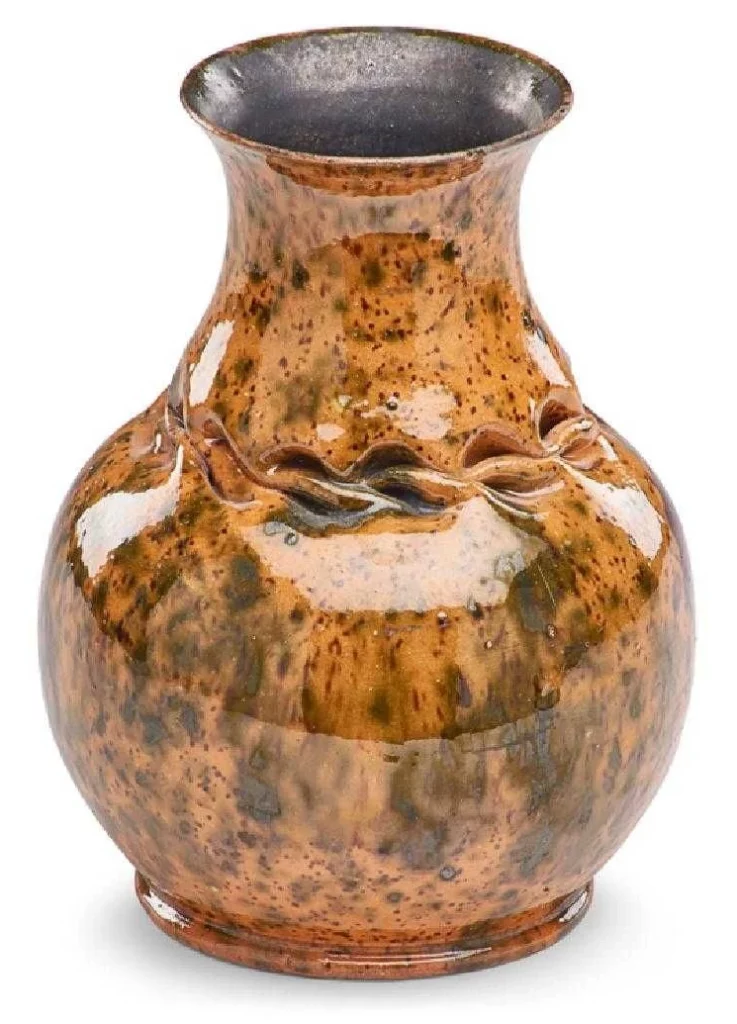
Ohr presented himself as a radically eccentric person, boisterous and mischievous, with a flowing beard and hair, and a mustache that he wore over his ears, among other things. He created a carnival-like ambiance in his place of work. His shop quickly established itself as a popular tourist destination on the Mississippi Gulf Coast.
What was unusual about George Ohr?
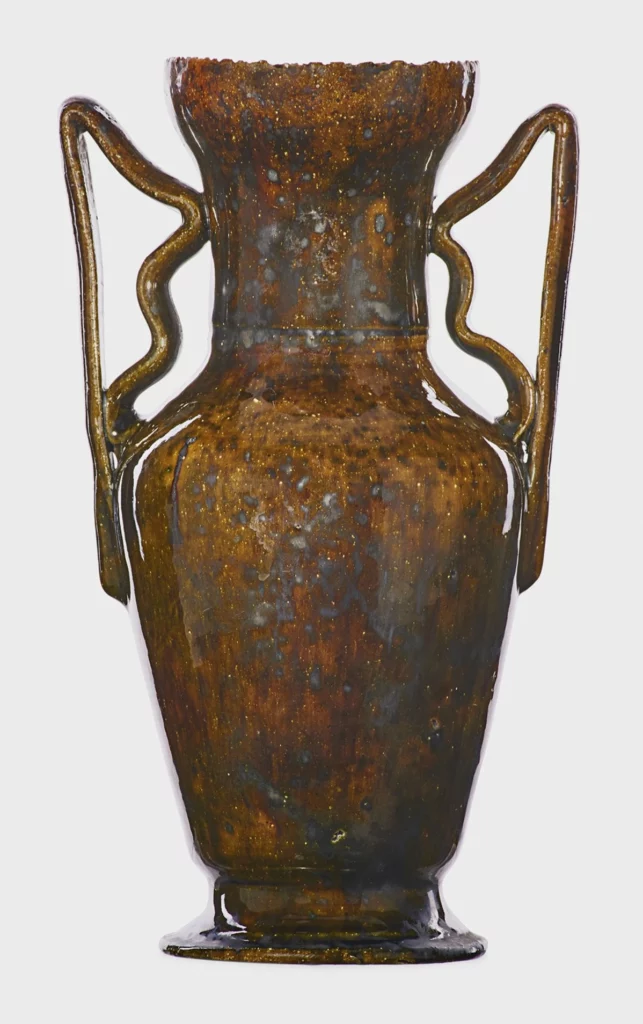
Ohr was considered a mischievous oddball who was always putting himself in “hot water” or “hot aqua” so to speak. Ohr was determined to make art and not pots. At the time, potters were decorating their pots based on French or Japanese ceramics. Ohr, the oddball set out to do ceramics differently. Ohr, to create wafer-thin pots with a delicacy no one else has ever equaled with fantastic shapes and wild colors.
Who taught Ohr to work in clay?
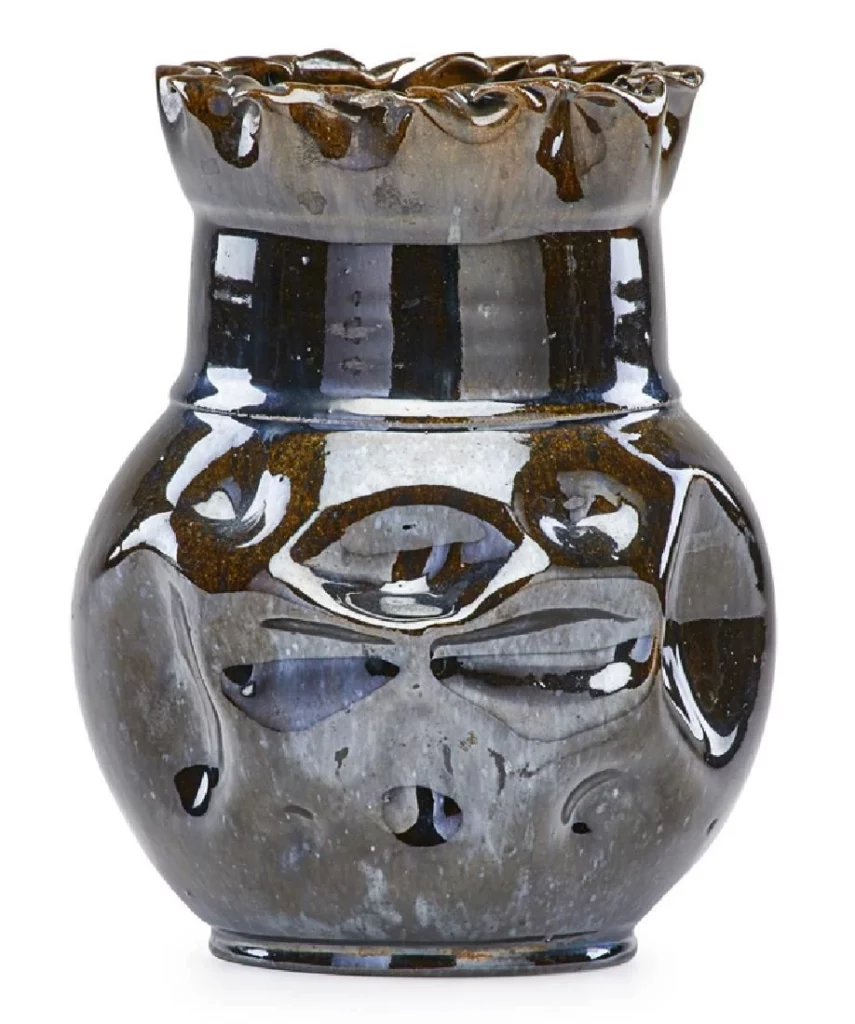
One of Ohr’s closest friends from Biloxi, Joseph Fortuné Meyer (later a teacher who achieved national recognition for his ceramics at the Newcomb College Art Studio in Louisiana), had a profound impact on his life and helped to change it permanently. Meyer approached him and offered him a position as an apprentice potter.
Where did George Ohr get his clay?
Ohr’s clay was derived from the nearby Tchoutacabouffa River, which he employed throughout his professional life. Ohr, in contrast to many other potteries in the late nineteenth century, was largely a one-man enterprise. In addition to digging and processing his clay, he worked with just the assistance of his apprentice Henry Portman, and he threw every piece by hand.
Where did George Ohr live and make his pots?
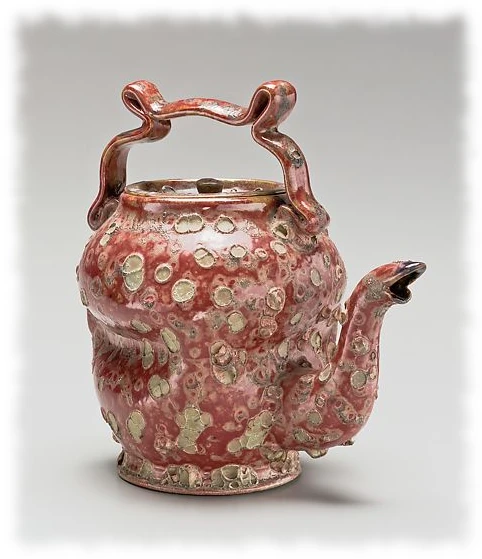
Ohr studied the potter’s trade in New Orleans with Joseph Meyer where he produced large garden pots. When the New Orleans Art Pottery went out of business, Ohr returned to his workshop in Biloxi, now called the Biloxi Art and Novelty Pottery.
George Edgar Ohr Career And Background

George Ohr was born on July 12, 1857, in the Mississippi city of Biloxi. He was the son of German immigrants who arrived in New Orleans about the year 1850 and later married and relocated to Biloxi, Mississippi. Before becoming interested in ceramics in 1879, while working as an apprentice under Joseph Fortune Meyer, George Ohr tried his hand at several trades.
On September 15, 1886, Ohr married Josephine Gehring (Josephine Ohr) of New Orleans. The Ohrs had a total of ten children, but only six of them survived into adulthood. On April 7, 1918, George Ohr passed away due to throat cancer. this was a difficult time for the Ohr family.
Ohr studied the potter’s trade in New Orleans with Joseph Meyer, a potter whose family was descended from Alsace-Lorraine, just like Ohr’s. Meyer’s family was also descended from Alsace-Lorraine. Ohr’s father had created the first blacksmith business in Biloxi, and his mother had run a popular grocery store in the city during its early years of development.
Ohr claimed to have created more than 20,000 ceramic pieces over his lifetime. He referred to his work as “unique, indisputable, and unequaled.” When the World’s Industrial and Cotton Centennial Exposition was held in New Orleans in 1884, Ohr exhibited and sold his ceramics there as well. Ohr boasted that he showed “no two pieces alike” out of the hundreds of pieces he displayed.
Ohr’s amazing pots astonished the art world when they were displayed at the World’s Fair in New Orleans in 1885. He had six hundred pieces on display, but they were stolen before he could transport them back to Biloxi, where he lived.
A large part of Ohr’s workshop was destroyed in the 1894 fire that destroyed much of Biloxi; yet, it has been remarked that Ohr’s post-fire works have enormous “energy” and “fluidity.” George Ohr dubbed his pots “mud babies” since they were made of mud.
He gathered the parts that survived the fire that had destroyed his studio and his work, and he preserved each one of them, referring to them as his “damaged babies,” even though they had been severely burned.
George Edgar Ohr Legacy And Style
Ohr died in 1918, and his death was mostly unknown. His pots had been sitting in a garage behind his sons’ gas business in Biloxi for decades. In modern times, Ohr’s work is regarded as ground-breaking and a forerunner of the abstract sculpture and ceramics movements that emerged in the mid-20th century; his pieces are now extremely uncommon and much sought for.
Ohr’s pottery is distinguished by its thin walls, metallic glazes, and twisted, pinched shapes; to this day, few potters have been able to recreate these characteristics using a pottery wheel, which was the method by which Ohr created his pieces. Ohr obtained the majority of his clay from the Tchoutacabouffa River, which is located in southern Mississippi. The Biloxi word for “broken pot” is tchoutacabouffa, which means “broken potter.”

He referred to himself as the “Mad Potter of Biloxi” unconventionally groomed himself, and engraved the following obscene poem on the side of some of his pots: “Molly and I were on the beach engaged in nature’s folly, The sand was hot upon my back, but the sun was scorching upon Molly’s face.”
“I consider George Ohr as many others do as the “clay prophet” and as “the Picasso of ceramic art pottery”. His resurrection demonstrates that lunacy, like beauty, is subjective and depends on the individual who experiences it. But then, he’d always known that, and so did the customers who came into his shop, at least those who were well-versed in the classics and who paid close attention to detail.”
Ed Shears
George Edgar Ohr Museums And Collections
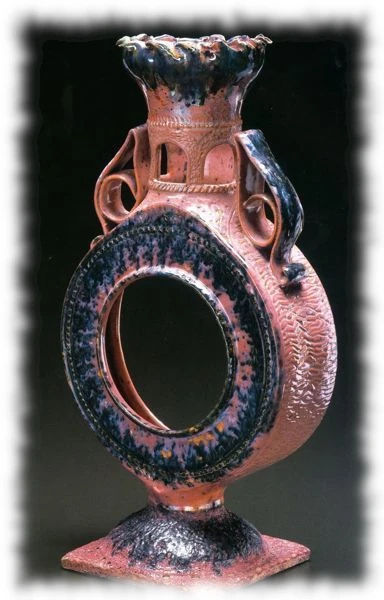
There is a huge permanent collection of Ohr’s art on display at the Ohr-O’Keefe Museum Of Art in Biloxi. On November 8, 2010, three buildings on the new campus built by Frank Gehry were officially opened to the public, with various exhibitions on display, including a substantial collection of work by George Ohr. The Pleasant Reed Interpretive Center, which is located adjacent to the Gehry-designed structures, is also open to the general public.
When a casino barge came ashore on a nearby estate during Hurricane Katrina, the museum property was almost completely damaged. In addition, visitors may see the work that is planned to continue on the western portion of the campus, starting with the Center for Ceramics building and continuing with the George E. Ohr “Pods,” which are expected to be completed in 2012.
Ohr Rising: The Emergence of an American Master, a major national exhibition of Ohr pottery that traveled to Pomona, California, San Angelo, Texas, Alfred, New York, Toronto, Canada, and the Louisiana State University Museum of Art in Baton Rouge, Louisiana, from 2007 to 2010, was organized by the Ohr Foundation. The Ohr-O’Keefe Museum of Art today houses several of those pieces, as well as some more that have never been on show before.
It is planned to open two new Frank Gehry-designed buildings in 2012, with the first set to open in 2013. The City of Biloxi Center for Ceramics is scheduled to open in late spring/early summer 2012 and will be utilized for ceramics and other art programs as well as exhibitions. The Center for Ceramics will also provide gathering spaces for the local community.
Also the Metropolitan Museum, Boca Raton Museum and Mississippi Historical Society.
Reference





